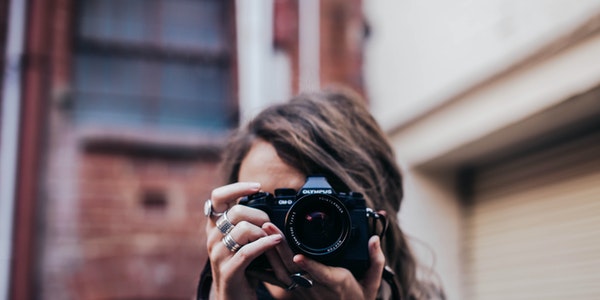The electric light invented by Edison in 1879 is a tungsten filament incandescent lamp, which emits a lot of red light. Early film is sensitive to blue and green light, but not to red light. Even if the scene is illuminated with an incandescent lamp, the film looks It’s dark and completely useless.
In 1912, the American Biography Film Company invented the carbon arc lamp, which improved the problem of insensitivity to red light. Moreover, this kind of lamp has high brightness, more than 3 times brighter than incandescent lamp under the same energy consumption, and has become a popular popular movie lamp.
The Hong Kong film “Ruan Lingyu” truly reproduces the filming scene of the silent film period. The huge lamp in the picture is an arc lamp, which emits bright light and huge heat at the same time.
The studio where the crew is located is open, surrounded by transparent glass, natural light and artificial light provide mixed lighting for the scene. This kind of studio has been popular for a while.
Early arc lamps did not completely eradicate the problem of insensitivity to red light, and the film at that time only had a modest ISO5 with a maximum aperture of about 4.5. The arc light was sometimes too difficult to use as a lighting fixture. In order to ensure that the characters were fully exposed, they would usually The actor’s face is painted white with powder, and then painted with blue-green, which is weird. Take a look at the heroine’s face in the picture below: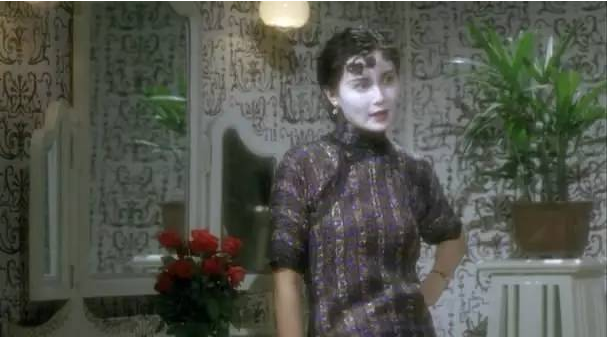
If the wall is white, the American Union paints it pink to prevent overexposure. Haha, it can be considered a reasonable use of the characteristics of the early film.
In order to present a perfect black and white image effect, the crew also worked hard. The black-and-white images the audience sees are probably like this, um, pretty beautiful!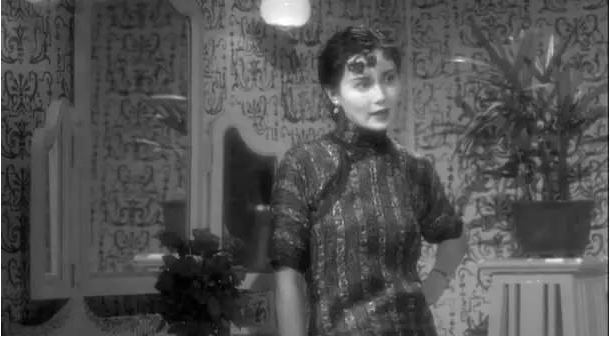
The light emitted by the arc lamp has a strong sense of direction, which creates convenient conditions for light modeling
- The main body and the background are separated by the light ratio.
Under natural lighting, people and the environment rely on daylight lighting with the same brightness, and there is no condition for a light ratio between the subject and the background. After the introduction of artificial light sources, the light ratio between the subject and the background can be controlled by means of regional lighting, and the subject can be emphasized from the environment, making the picture more layered.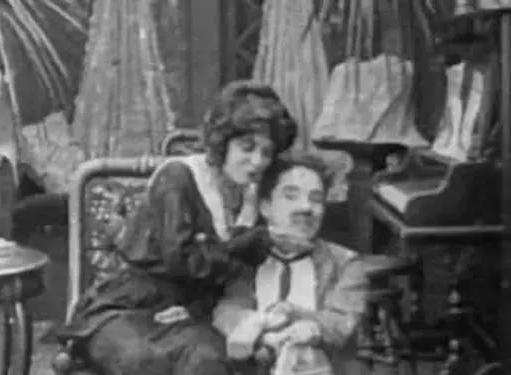
The above picture is from an interior scene in Chaplin’s early short films. Like many films at that time, the light was only used to illuminate the scene, and the brightness of the characters and the background were the same. The messy background in the picture weakened the audience’s attention.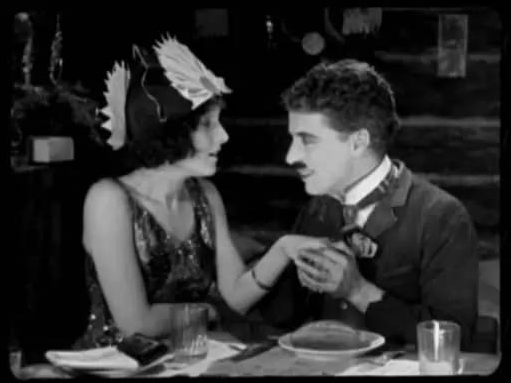
When the photographer consciously controlled the ratio of the subject to the background light, the situation improved immediately. In “Gold Rush” in 1925, Chaplin showed love to the girl in the cabin. The audience’s attention is undoubtedly focused on the actors. By controlling the light ratio between the subject and the background, the subject of the picture is more prominent, and the effect is immediate.
- The three-point lighting method has become the mainstream modeling method.
Suppressing the background and highlighting the main body is just the beginning. The real charm of arc lights is the “three-point lighting method”, that is, lighting the actors from three positions to form a lighting design of main light, auxiliary light, and contour light. It is more glamorous on the screen and more attractive than in reality.
A large number of stars were born on the screen and became the guarantee of the movie box office. The “three-point lighting method” born in the arc lamp era, through careful control of the main and auxiliary light ratios, plus the beautiful contour light behind him, the effect is indeed not bad.
Even on the way to escape, it is the night in the wilderness, as long as the star is there, the contour light must not be absent. How can you not be handsome?
Looking at the close-up of the actress’s face below, it seems to be covered with a layer of veil, and the picture cannot find the focus. This is the iconic soft focus lens effect of the arc lamp era.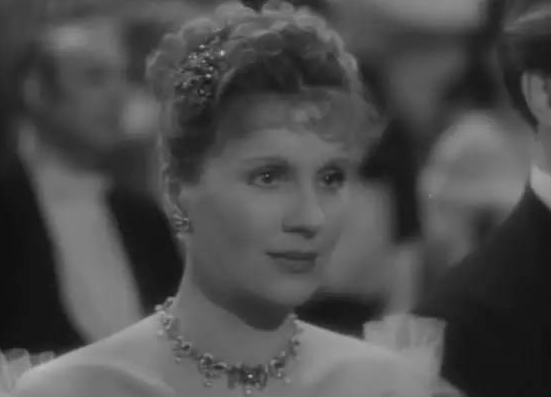
The light from the arc lamp is very hard and rough, and the actress will have a bad skin texture in close-ups. As a result, a soft focus lens came into being. By blurring the focus, the rough mark under the arc lamp was smoothed out, and the actress’s face appeared tender and tender.
The soft focus lens is equivalent to the blunt feel of the PS arc lamp through optical means. However, this method itself will produce a “stiff” feeling. With the progress of lighting fixtures, the soft focus lens has long been abandoned. If you like this kind of arc light The unique beauty of the light age can only be seen in old movies.
- Light began to be used to create the tone atmosphere of the picture.
The picture is no longer limited to the pursuit of correct exposure, but is moving towards a reasonable reproduction of the dramatic atmosphere. Cinematographers began to realize the charm of shadows, and charming low-key lighting effects began to appear.
When shooting the crime film “Sunrise”, Onyx was the first to try a low-key lighting design, creating a thrilling and dramatic lighting effect on the screen through a large area of shadow, which was highly praised. Subsequently, low-key lighting design was widely used in crime films, thrillers and western-themed films.
In addition to creating a high-key and low-key atmosphere, the concept of the light zone of the picture was established. The same scene was not satisfied with the simple design of the subject with a bright background and a dark background. Instead, it began to be designed as a light zone with alternating light and dark.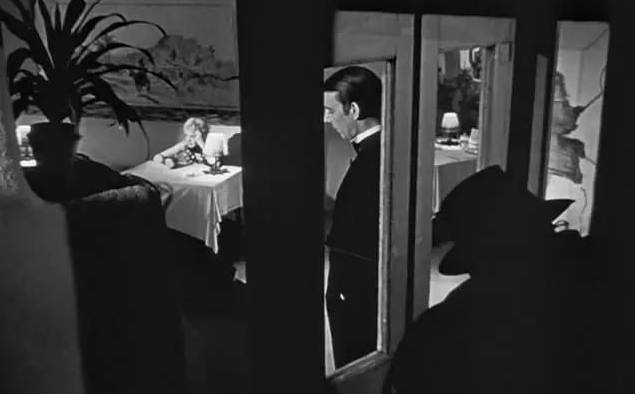
In the above picture, the light cuts the picture into three different performance areas. In the shadow of the foreground of the picture, the man on the phone, the man in dark clothes standing in the middle, and the woman sitting at the table.
The movements and expressions of the three are different, and the brightness of the light on each body is also different. The brightest light is on the woman. She lifts her cheeks in contemplation, and the flower pot in front of her is in a large area of shadow, blocking her vision, and it seems very depressing. .
The lighting design of this scene is exquisite enough, I am afraid that many movies are not as good as it is now. In the field of film lighting, must today’s mainstream cinematographers surpass their predecessors? I don’t think so!
